Introduction
Clinohumite and hydroxylclinohumite are monoclinic members of the humite group. They are closely related to, and difficult to distinguish from, other members of the group, in particular norbergite, chondrodite and humite. These minerals are also found in the same environments, making correct identification even more difficult.
Clinohumite is generally believed to be the most common of these minerals, but a review of published literature reveals that the name "clinohumite" has been used by default when the F/OH ratio has not been determined. While working on this article it has become apparent that hydroxylclinohumite is much more common than indicated in the literature and entries in Mindat (202 and 12 entries respectively for clinohumite and hydroxylclinohumite, 2020). It should also be noted that some of the published analyses (Luc Yen, Vietnam and Kukh-i-Lal,Tajikistan) are very close to the borderline between the two minerals.
Clinohumite may contain some Ti and the varietal name titanoclinohumite (older literature uses the name titanolivine for this variety) is commonly used.
The best specimens are those from Kukh-i-Lal, where crystals up to 8-10 cm are known, and where some of the smaller specimens (up to 4 cm) show multiple crystal faces and have a beautiful, transparent yellow-orange color. According to local lore, they are pieces of the sun that have fallen to earth in a lingering sunset when the sun extended the day as long as it could to light up the path for mountain dwellers trying to escape from robbers. Some of the cut pieces would certainly give credibility to this lore.
The Kukh-i-Lal occurrence is typical in that clinohumite is found associated with spinel in magnesium-rich skarns. This is the most common type of occurrence, but clinohumite is also known from other environments, such as the type locality (Somma-Vesuvius, Italy) where it is found together with other humite group minerals in volcanic ejecta and in the metamorphosed peridotites (Val Marenco, Italy) and in alkaline-ultrabasic complexes (Kovdor, Russia). In both of the latter environments, clinohumite has formed from forsterite, either as a replacement product or re-crystallized due to hydrothermal/metasomatic actions.
Afghanistan
Kokcha Valley, Badakhshan, Afghanistan
Moore and Woodside (2014) give the following account on the hydroxylclinohumite from the Kokcha valley:
Hydroxylclinohumite from the Kokcha Valley can be spectacular: lustrous, rich red-brown, translucent to gemmy, tabular and teardrop shaped crystals to several centimeters are found near the lapis mines, most commonly as isolated singles and tight clusters, in pale green, micaceous matrix of what is probably clinochlore. When specimens of this material first appeared in 2002, the species was called chondrodite—later changed to clinohumite and still later to hydroxylclinohumite.
A surge of fine hydroxylclinohumite specimens occurred on the show scene in 2005 (Polityka, 2006; Moore, 2006). The 2011
Tucson Show saw the appearance of a few, reportedly newly found hydroxylclinohumite specimens attributed to a locality called “Jikhan,” (not on any maps) in the Koksha Valley: in these, the hydroxylclinohumite crystals are associated with platy green clinochlore crystals. Dudley Blauwet was once told that the hydroxylclinohumite occurrence, or one such occurrence, lies about an hour’s walk from “the lapis mine at Jikhan” (Blauwet, 2006).
Many of these specimens have been treated with sodium bifluoride, which has turned the green clinochlore white.""
Canada
Essonville Line, Monmouth Township, Highlands East Township, Haliburton County, Ontario, Canada
Michael Bainbridge has given the following information on the find: "The landowner originally discovered the location, and when he showed me a piece of what he'd found (which he had mis-identified as zircon) I got very excited! He and I worked the location for about a week to get everything we could easily get at surface (an area of about 4 m square). I suspect there is more, but it will take considerably more work to get it out and processed - prohibitive for the moment, at least.
The specimen in the picture you sent is at the low-end of good for the find. The crystals get up to about 5 cm, but they tend to break, or are poorly formed at that size. The best specimen is a complex twin, 2.9 x 2.9 x ~1.5cm sitting up on a matrix of about 6.5cm wide (see photo above). All told, there were about a dozen really excellent pieces, a few tens of good ones, and about a hundred medium good quality specimens.
The occurrence is of clots, pods, and stringers of massive clinohumite in Grenville marble, with crystals developing at the contact of the massive material and the marble, and inside pockets where calcite has been enclosed within the massive clinohumite. Occasional loose crystals are also found 'floating' in the marble. There are intrusive bodies in the immediate area, but no contact zone has been found yet that is obviously related to the occurrence's formation.
All of the material removed to date was found loose in the earth just on top of the marble, having been weathered out of the calcite. All of the best of these were from a small cavity (~1 foot in diameter) in one particularly large pod of massive clinohumite. Associated minerals are rare, but include sub-hedral yellowish-green richterite and dark brown phlogopite. Crystals of clinohumite are often partially altered to richterite, riddled with sub-millimeter geikielite crystals (sometimes very richly). Some clinohumite crystals are thinly coated with a serpentine mineral, which seems to degrade the surface of the crystals. The clinohumite tends to be opaque at surface, but some larger crystals have gemmy cores. Being full of micro-fractures, however (which is typical for this type of Grenville Geologic Province occurrence), no material suitable for cutting has been found yet.
Specimens are rinsed with water, and stubborn dirt is removed with wooden tools, soft brushes, and sometimes ultrasonic cleaning. When dry, there remains a tough coating of clay that coats the crystals. This is removed by an air-abrasive technique, using baking soda as the abrasive medium. Crystals embedded in calcite generally do not survive attempts at physical or chemical prep, but I'm still experimenting.
Top pieces have gone to the Royal Ontario Museum in Toronto, the Canadian Museum of Nature in Ottawa, and a small handful of private Canadian Collectors."
Italy
Somma-Vesuvius Complex, Naples, Campania, Italy Mount Somma, Somma-Vesuvius Complex, Naples, Campania, Italy
Humite, clinohumite and chondrodite are found in skarn ejecta, where they occur with spinel and other Ca-Mg silicates such as "olivine", pyroxene, vesuvianite and phlogopite. They form colorless to yellow and brownish, usually yellow micro-crystals, with a polished glassy surface, giving a shiny vitreous lustre.
Clinohumite corresponds to humite type III of Prof. Scacchi (1876).
Namibia
Rössing uranium mine, Arandis Constituency, Erongo Region, Namibia
Russia
Kovdor Zheleznyi Mine, Kovdor Massif, Kovdorsky District, Murmansk Oblast, Russia
Clinohumite commonly replaces forsterite along the contact between forsterites and carbonatites. It also occurs as euhedral crystals, and is invariably associated with serpentine. The clinohumite reaction zones are 0.5-5 cm thick.
The clinohumite varies from red to dark red in color, owing to increasing of Ti (1.6 →4.4 wt.% TiO2) and Fe (3.9 →6.5 wt.% FeO) content.
Spain
Benalmádena, Málaga, Andalusia, Spain
Clinohumite has been known from the foothills of the Sierra de Mijas at least since the first decades of the 20th century. The most significant finds, however, were made later. In 1976, local collectors found stunning spinel twins with orange clinohumite, limonite and phlogopite weathered free from the marble host rock of the Mina Trinidad (Benalmádena). In the following years, clinohumite and other Ca-Mg silicates were found in metasomatic magnesium skarns at several locations in Benalmádena and Mijas.
The clinohumites from Benalmádena are generally considered better than the ones found in the nearby municipality of Mijas. Clinohumite occurs as massive bands in dolomite rock, exposing well formed crystals at the contact between the skarn and the dolomite. When the resistant dolomite weathers away, beautiful crystal groups with individual crystals up to and sometimes exceeding 2 cm are known. Combination specimens with orange clinohumite and spinel (sometimes with a contrasting violet color) are known.
Chondrodite is also known from the Mijas area, see best minerals chondrodite article.
Sierra de Mijas, Mijas, Málaga, Andalusia, Spain
The clinohumite from Mijas is found in an environment similar to Benalmádena. The crystals from the Mijas localities have been smaller than those found in Benalmádena.
Plains of Juanar, Sierra Blanca, Ojén, Málaga, Andalusia, Spain
Clinohumite crystals from this locality can be up to 8cm. It is associated with forsterite, spinel, phlogopite, ilmenite, clinochlore, diopside and clinozoisite. Host rock are alpine sacaroideal marble (Triassic), amphibolites and skarn rocks.
Tajikistan
Kukh-i-Lal (Kukhilal; Kuhi-lal), Pyandzh River Valley, Gorno-Badakhshan, Tajikistan
Zhukov (2011) gives the following descripton of the clinohumite occurrence:
“There are two types of clinohumite mineralization: impregnated and blocked. The first type is widely found but is a poor source of high quality raw material. The second type is in a giant crystal formation, which is found in a skarn mass. This type of mineralization is the source of high quality clear clinohumite. Clinohumite does not usually possess crystallographic features. It is rare to find isometric clinohumite crystals with a large quantity of grains. Most known crystal formations grow from a few millimeters to several centimeters, but some formations have reached 8 to10 centimeters. Clinohumite grains mostly contain a high number of cracks; therefore only a very small percentage of the
raw material can be used for faceting” The largest known, faceted clinohumites are from here, being a 32.5 x 24.7 x18 mm, 84.23-carat piece. The colors are different grades of yellow, from light yellow to honey yellow and orange, and to yellow brown material.
The composition of the clinohumite from Kukh-I-Lal deposit is about midway between clinohumite and hydroxylclinohumite, with the analysis provided by Friedrich et al. (2001) as a typical example: Mg8.805Fe0.006Ti0.214(Si0.993O4)4O0.42F0.76(OH)0.82.
Vietnam
Lục Yên District, Yên Bái Province, VietnamHumite group minerals are found with pargasite and spinel in the marbles around An Phu, Phan Thanh, and Khoan Thong in the Luc Yen mining district. Both chondrodite and clinohumite have been reported in the identification of these minerals, but very few analyses have been published. Hurai et al. (2014) provide thorough reference data using several analytical methods. They identify the material as hydroxylclinohumite (Mg 8.911, Fe2+ 0.042, Ti 0.041)(Si 0.999O4) 4(OH )1.052 F0.948), albeit very close to the clinohumite - hydroxylclinohumite borderline.
Clinohumite tends to be interspersed with spinel in alternating bands within the marbles. Distributed with the spinel in white marble, it occurs in groups of crystals and usually has a honey to dark yellow color. The size varies from 1 x 1.5 cm to 3 x 5 cm. The humite has poor transparency and is typically used for gem paintings. Attractive samples of spinel, pargasite and humite in white marble, ranging in height from 6 to 10 cm, are typically sold to collectors; sometimes they are carved into ornamental pieces.
References:
Abraham, I. M. (2009). Geology and Spatial Distribution of Uranium Mineralization in the Sk Anomaly Area, Rössing area, Namibia. Partial fulfillment of the requirements for the degree of Master of Science. University of the Witwatersrand. Faculty of Science.
Balassone, G., Talla, D., Beran, A., Mormone, A., Altomare, A., Moliterni, A., ... & Petti, C. (2011). Vesuvianite from Somma-Vesuvius volcano (southern Italy): chemical, X-ray diffraction and single-crystal polarized FTIR investigations. Periodico Di Mineral, 80, 369-384.
de Galdeano, C. S., & Andreo, B. (1995). Structure of Sierra Blanca (Alpujarride Complex, west of the Betic Cordillera). Estudios geológicos, 51(1-2), 43-55.
Garnier, V., Giuliani, G., Ohnenstetter, D., Fallick, A. E., Dubessy, J., Banks, D., ... & Bakhsh, K. A. (2008). Marble-hosted ruby deposits from Central and Southeast Asia: Towards a new genetic model. Ore Geology Reviews, 34(1-2), 169-191.
Gilg, H. A., Lima, A., Somma, R., Belkin, H. E., De Vivo, B., & Ayuso, R. A. (2001). Isotope geochemistry and fluid inclusion study of skarns from Vesuvius. Mineralogy and Petrology, 73(1-3), 145-176.
Hurai, V., Wierzbicka-Wieczorek, M., Pentrák, M., Huraiová, M., Thomas, R., Swierczewska, A., & Luptáková, J. (2014). X-Ray diffraction and vibrational spectroscopic characteristics of hydroxylclinohumite from Ruby-Bearing Marbles (Luc Yen district, Vietnam). International Journal of Mineralogy,
Kinnaird, J. A., & Nex, P. A. M. (2007). A review of geological controls on uranium mineralisation in sheeted leucogranites within the Damara Orogen, Namibia. Applied earth science, 116(2), 68-85.
Krasnova, N. Y. I. (2001). The Kovdor phlogopite deposit, Kola Peninsula, Russia. The Canadian Mineralogist, 39(1), 33-44.
Liferovich, R. P., Subbotin, V. V., Pakhomovsky, Y. A., & Lyalina, M. F. (1998). A new type of scandium mineralization in phoscorites and carbonatites of the Kovdor massif, Russia. The Canadian Mineralogist, 36(4), 971-980.
Lobley, James Logan (1889). Mount Vesuvius. A descriptive, historical, and geological account of the volcano and its surroundings.
Massi, L (2007). AIGS Bangkok inspects exceptional clinohumite from Tajikistan. InColor. summer issue, pp 30-31.
Pardieu, V., & Soubiraa, G. (2006). From Kashmir to Pamir, Summer 2006: Gemmological expedition report to ruby.fieldgemology.org.
Piochi, M., De Vivo, B., & Ayuso, R. A. (2006). The magma feeding system of Somma-Vesuvius (Italy) strato-volcano: new inferences from a review of geochemical and Sr, Nd, Pb and O isotope data. In Developments in Volcanology (Vol. 9, pp. 181-202). Elsevier.
Romero Silva J.C. (2010). Sobre minerales, metales y gemas. El legado minero de la provincia de Malaga. Encuentro con la Ciencia II. Edita Servicio de Publicaciones de la Universidad de Málaga. pg 179-210.
Serrano-Lozano, F., & Guerra-Merchán, A. (2004). Geología Regional: El territorio de la provincia de Málaga en el ámbito de la cordillera Bética. Málaga, Servicio de Publicaciones de la Universidad de Málaga.
Shaw,D. M., Oxham, R. L., Filby, R. H., Lapkowsky,W. W.(1963).The petrology and geochemistry of some Grenville skarns; Part 1, Geology and petrography. Canadian Mineralogist, Vol. 7, pp 420-442.
Van Long, P., Pardieu, V., & Giuliani, G. (2013). Update on Gemstone Mining in Luc Yen, Vietnam. Gems & Gemology, 49(4).
Veksler, I. V., Nielsen, T. F. D., & Sokolov, S. V. (1998). Mineralogy of crystallized melt inclusions from Gardiner and Kovdor ultramafic alkaline complexes: implications for carbonatite genesis. Journal of Petrology, 39(11-12), 2015-2031.
Zhukov, Y. (2011): Clinohumite - The Mountain Fire. InColor, 16, pp 4-7.
Michael Bainbridge, personal communication.
RevisionHistory | ||||||||||||
|
Article has been viewed at least 1477 times.







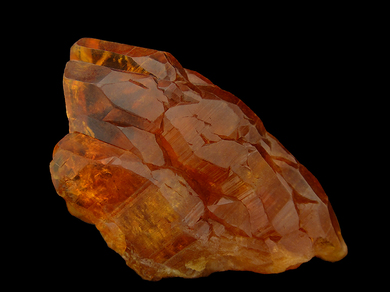


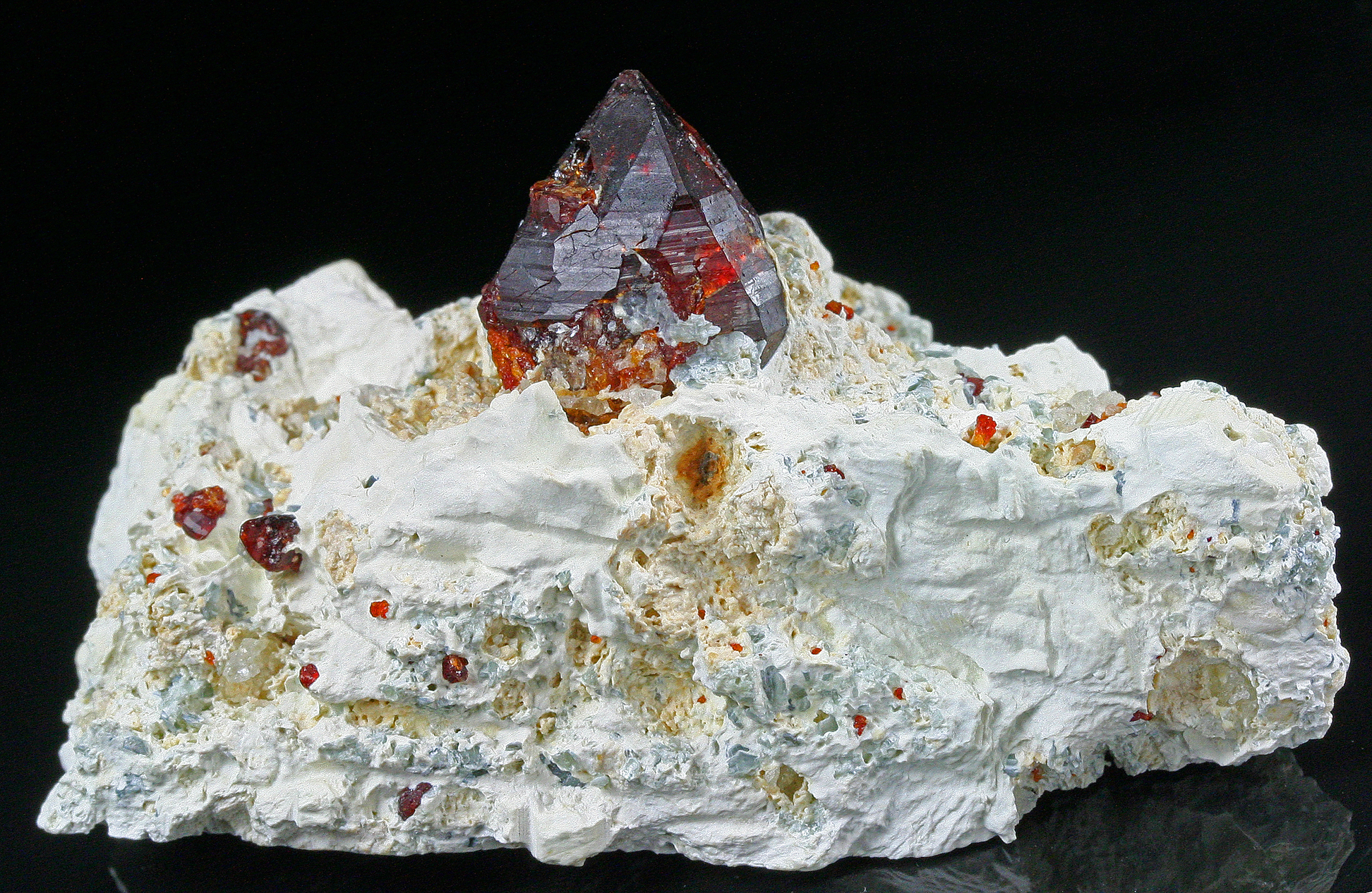
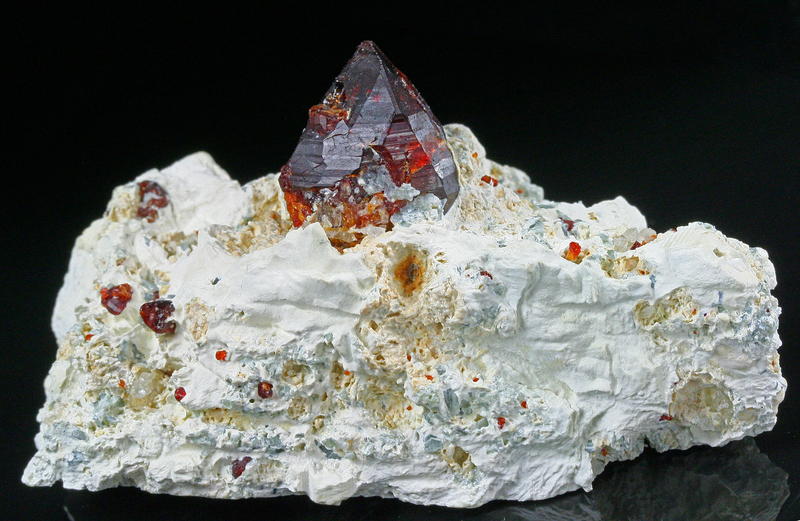


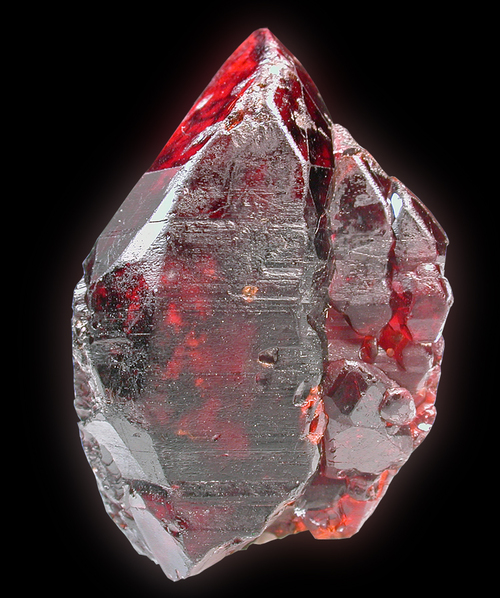





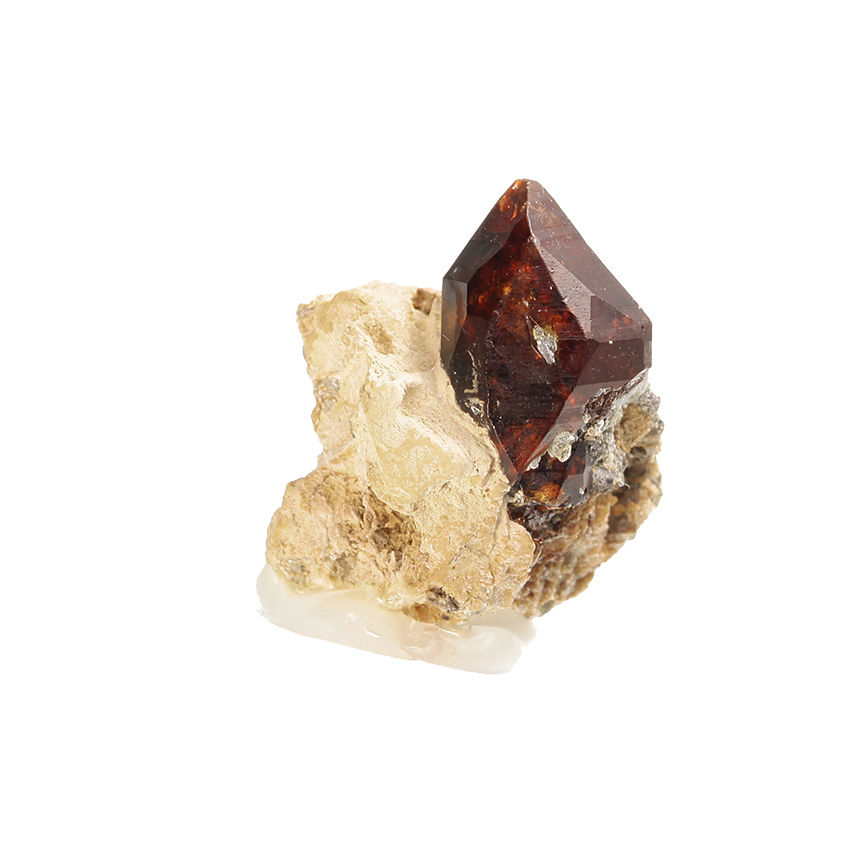


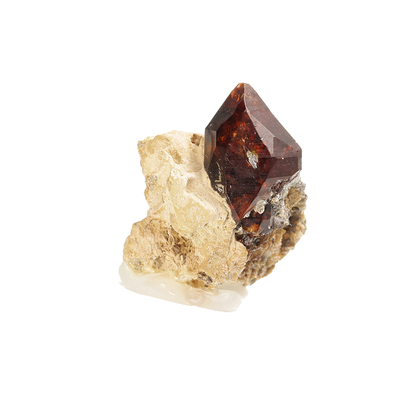





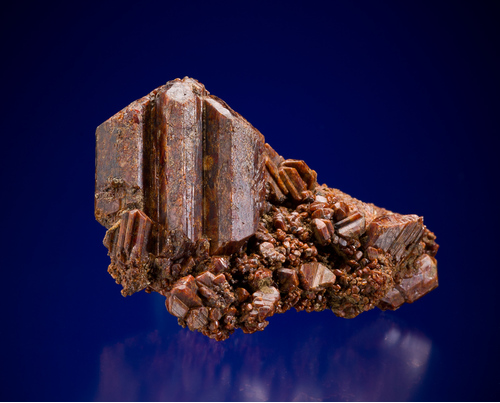








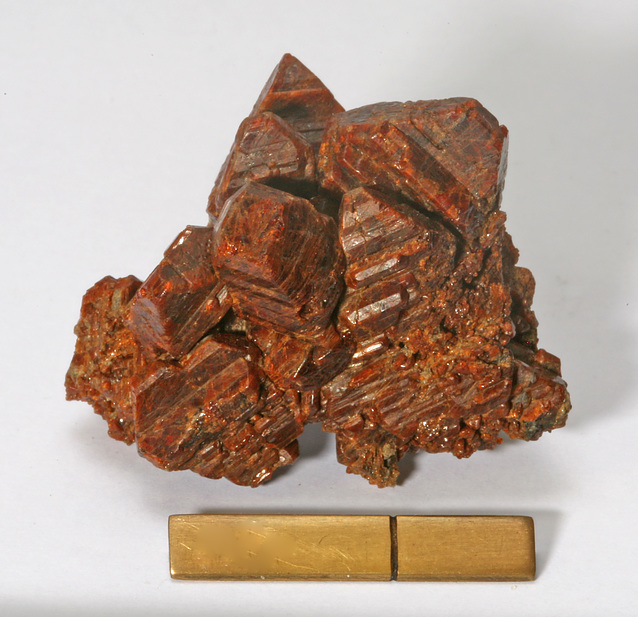











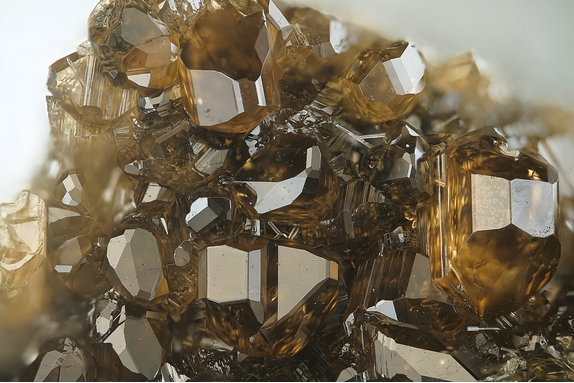


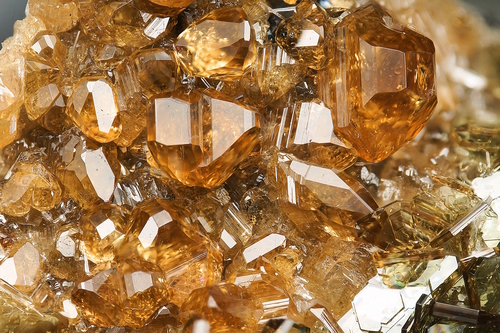










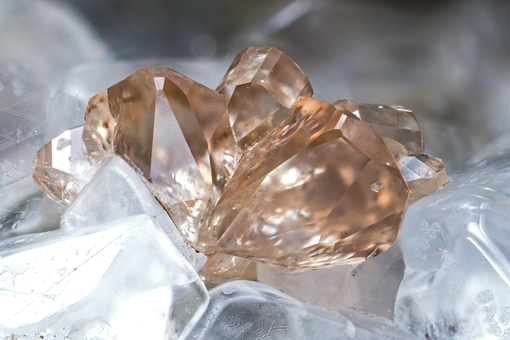






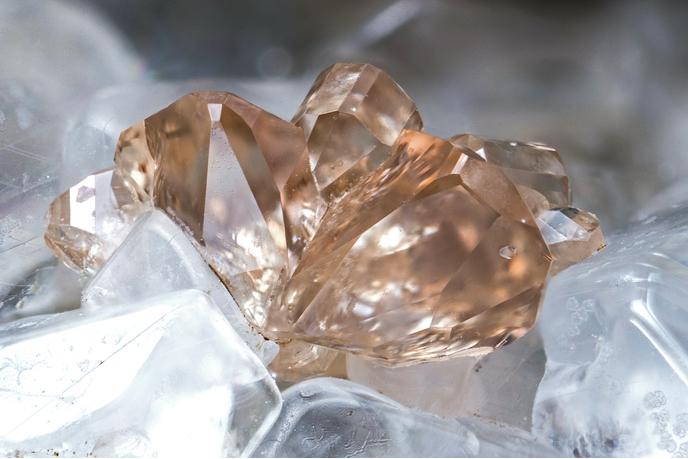

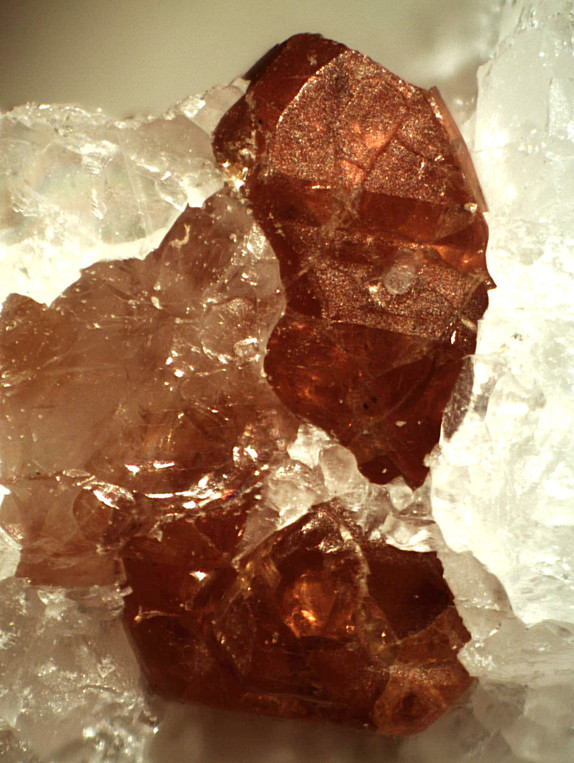






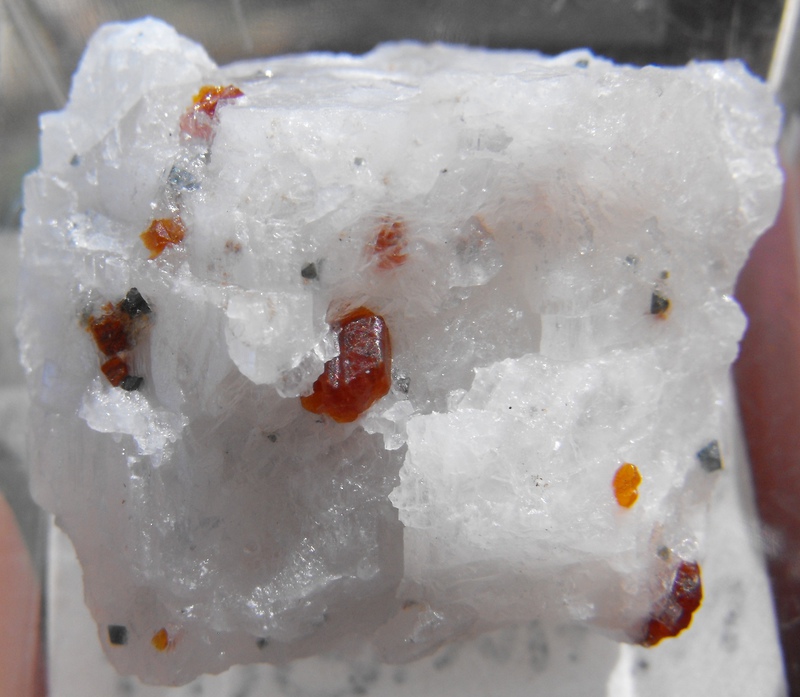


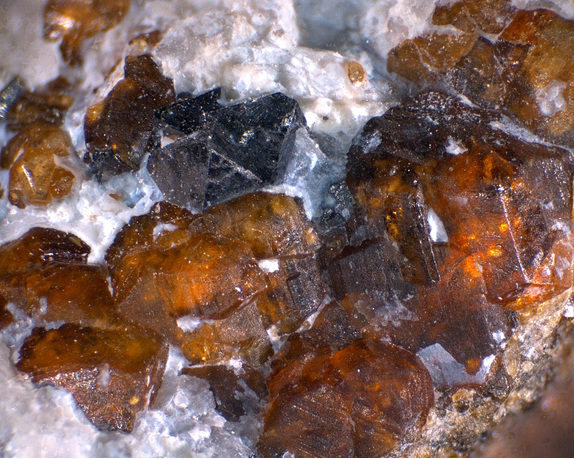
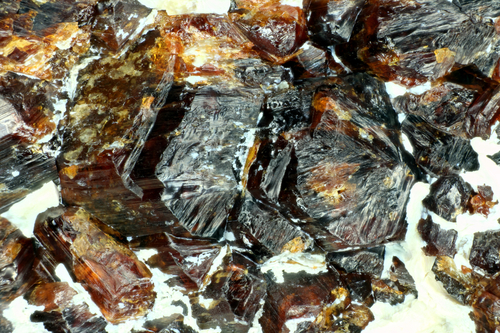




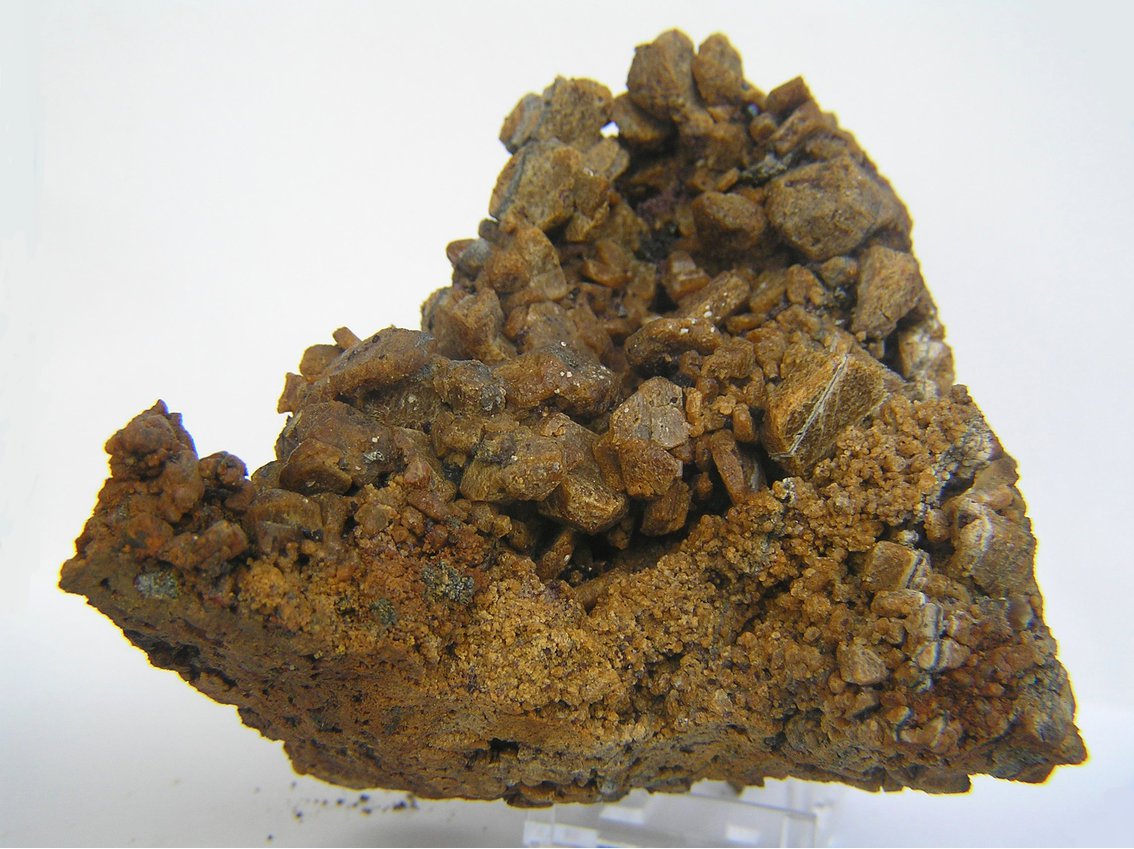
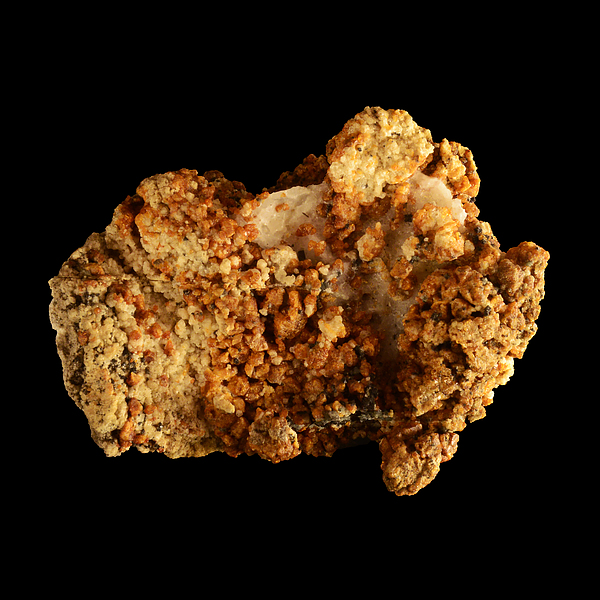

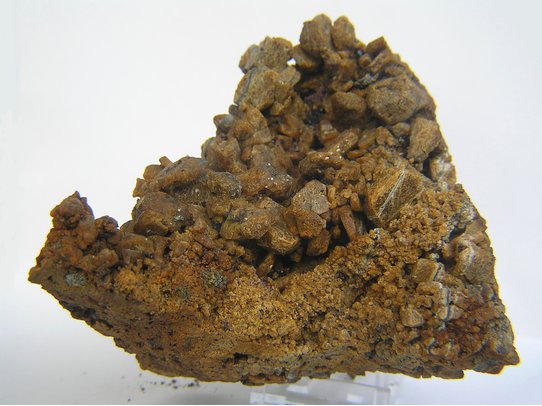






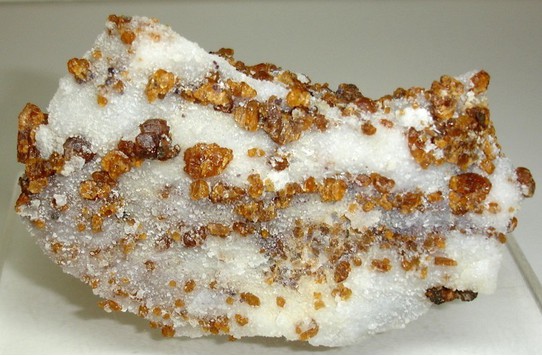



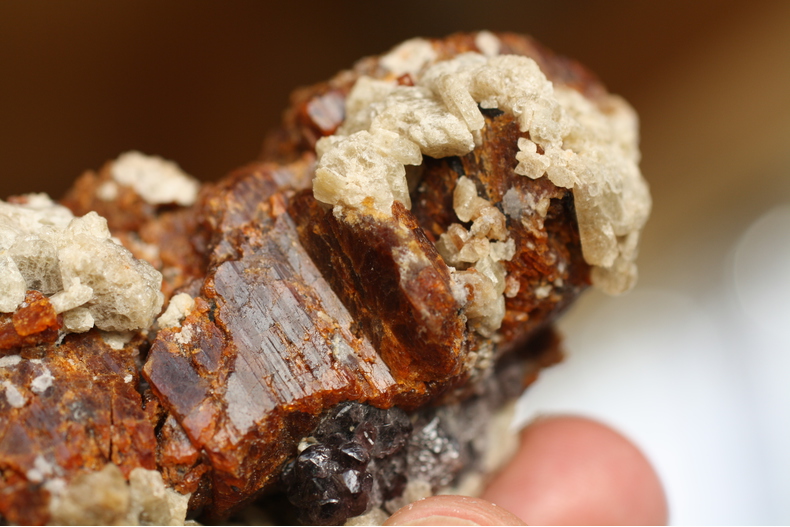



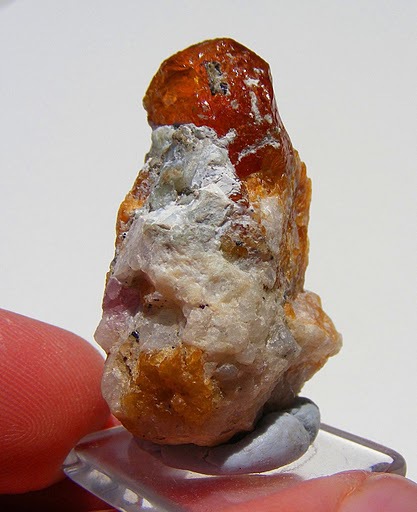










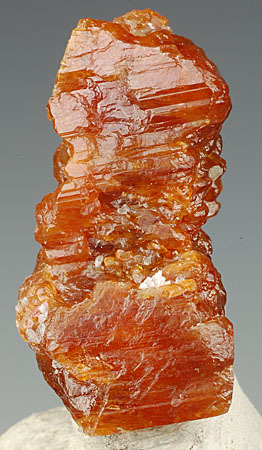

















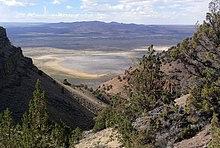
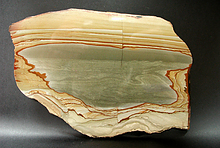
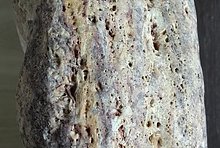






Jikhan, Kuran Wa Munjan District, Badakhshan, Afghanistan